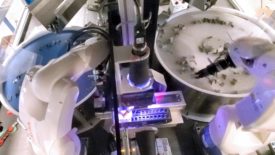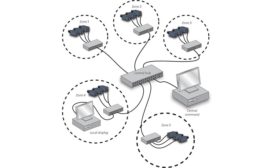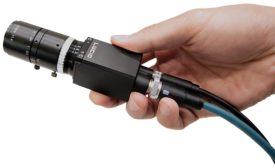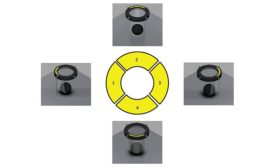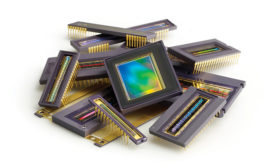Home » Keywords: » CMOS image sensors
Items Tagged with 'CMOS image sensors'
ARTICLES
Vision & Sensors | Cameras
The Changing Face of Smart Cameras in Machine Vision
Beyond the growth in applications brought about by improvements in CMOS sensor technology, another significant trend is the increase in applications that extend beyond the visible spectrum.
March 16, 2023
Developments in Machine Vision Camera Interfaces
A number of data transfer hardware interfaces have been developed specifically for the machine vision sector over the years, including cameralink, GigE vision, USB3 vision, CoaXpress and Cameralink HS.
November 30, 2020
Computational Imaging: Get the Image You Want
A number of factors make computational imaging more interesting for machine vision than ever before.
May 1, 2017
CMOS Sensors Continue to Advance
Consumer tech drives CMOS sensor advancements and lower costs, and delivers a boon for machine vision applications.
December 1, 2016
Stay in the know with Quality’s comprehensive coverage of
the manufacturing and metrology industries.
eNewsletter | Website | eMagazine
JOIN TODAY!Copyright ©2025. All Rights Reserved BNP Media.
Design, CMS, Hosting & Web Development :: ePublishing

